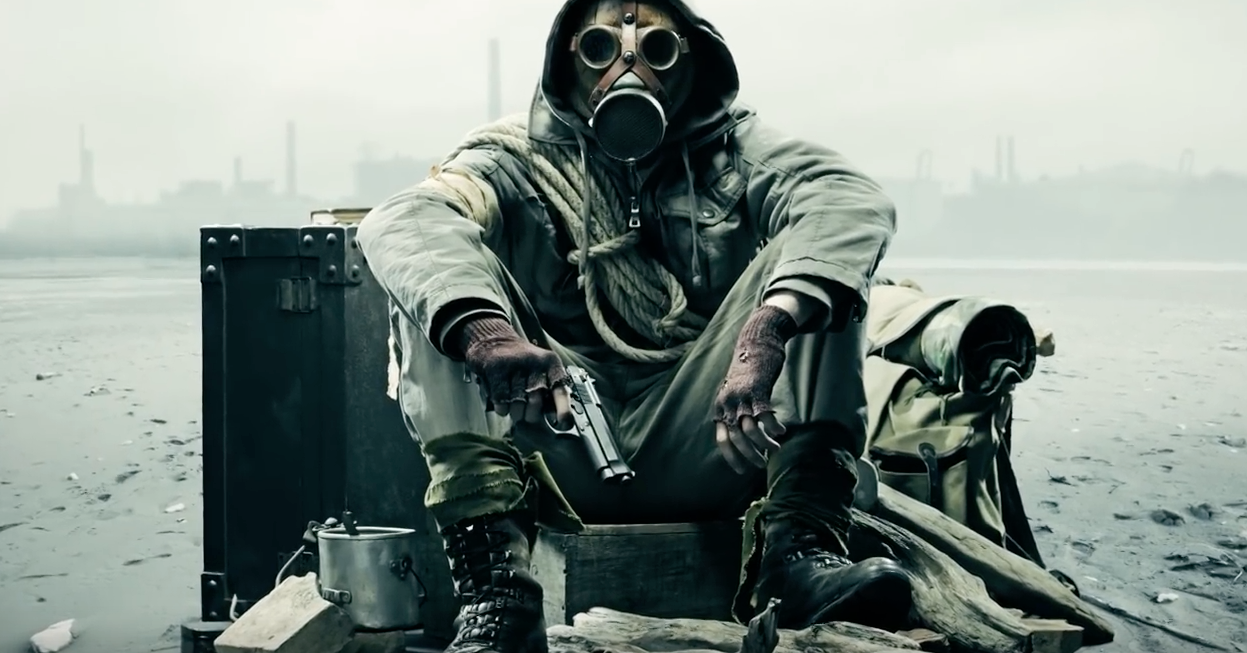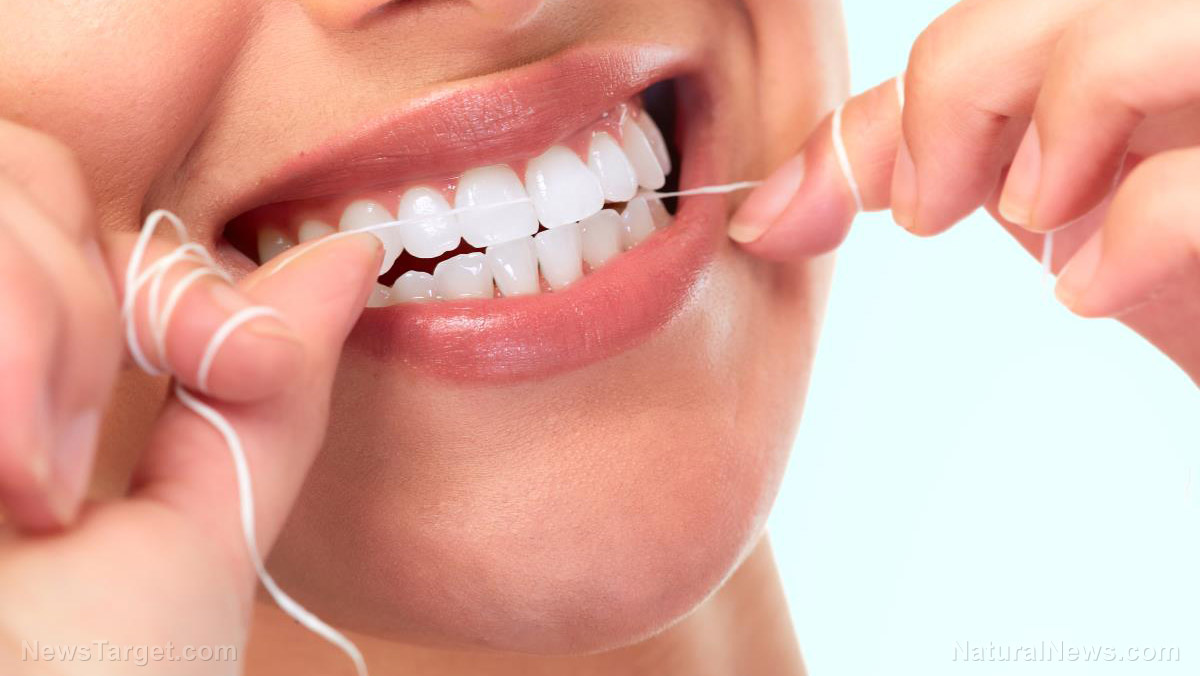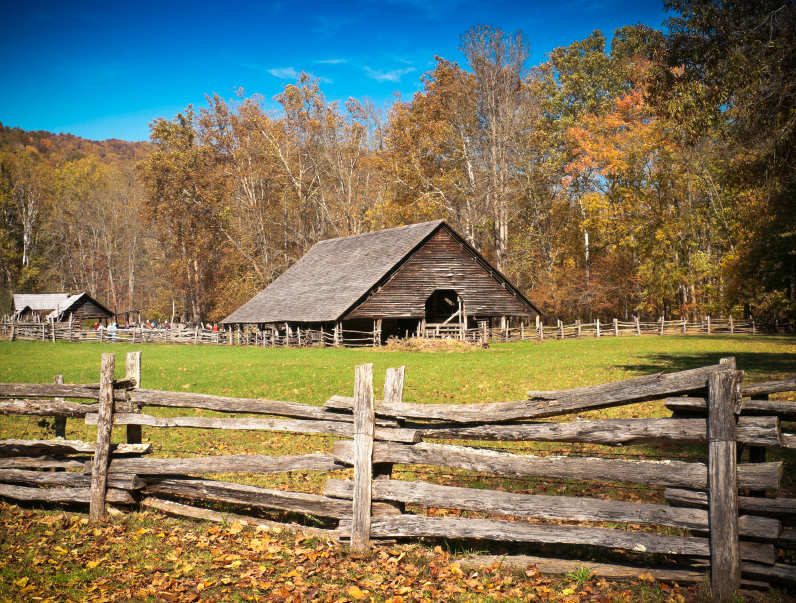How to tell if your water is safe to drink
07/02/2018 / By Frances Bloomfield

Without a doubt, water is the most essential resource there is. Human beings can survive up to three weeks without food. Under generous conditions, we may be able to last up to a week without water. But most estimates put it at three to four days in regular circumstances. This makes it all the more critical for us to verify whether or not the water we’re drinking is truly safe for our consumption. Water testing kits make it easier, but you can often tell at a glance if your water is safe and here’s how. (h/t to Survivopedia.com.)
- Watch out for unusual smells: Before you drink a nice, cool glass of water, take a whiff. If you notice that it has any sort of smell, put that glass down. Your water is loaded with contaminants and pollutants – the smells of which can actually tell you which ones are lurking in your water. Be extra cautious of the following smells:
- Chlorine smell: Water that has the strong, unmistakable odor of chlorine is typically caused by water treatment facilities dumping in chlorine to inhibit bacterial growth.
- Petroleum smell: As per MyTapScore.com, there are various potential reasons why your water may have a gasoline-like odor. These can range from agricultural runoff leaching into your local water supply to a leak coming from an underground fuel storage tank.
- Rotten egg smell: The presence of a rotten egg scent can mean one of two things: Either something has died in your water source or there’s an abundance of bacteria.
- Turpentine smell: If you sniff out turpentine, that means your water is most likely contaminated with methyl tertiary-butyl ether. This colorless, flammable liquid is typically used as a fuel component in gasoline engine fuel.
- Look out for strange sights: By this, we mean take note of your water’s appearance. It should be as clear as possible when held under light. If your water looks cloudy or comes across as having a weird color then it’s no good. For instance, water that has a brownish or slightly orange color may be that way because of rusty old water pipes. Clear water is the best water, remember that. (Related: Hospital drugs routinely get flushed down drains where they pollute water systems.)
- Perform a taste test: Just a small taste will do. You should look out for a salty or metallic taste. According to Water-Doctor.com, salty-tasting water has high amounts of sodium in it while metallic-tasting water contains elevated levels of iron, manganese, lead, or copper. The metallic flavor will be especially noticeable if there’s too much manganese or iron in your water.
GLYPHOSATE testing is now being applied to all Health Ranger Store branded products. Our in-house lab uses LC-MS-MS (triple quad mass spec). See the full lab science tour video and announcement here. Shop for ultra-clean, lab-tested superfoods, personal care products and more at the Health Ranger Store, the world's most trusted source for clean foods and lab-verified nutritional solutions.
These are the easiest ways to tell whether or not your water is safe for drinking. To be extra sure, we highly recommend investing in water testing kits, or better yet, a proven water filter. You may be spending a little more than you’d like, but you can’t put a price on ensuring that your water is as clean and as pure as possible. Water quality is a huge concern for many people and it should be for you as well. After all, you need water to survive, and the only way to do that is to drink the best water possible.
Discover other ways to safeguard your water by going to WaterFilters.news today.
Sources include:
Tagged Under: clean water, contaminated water, drinking water, potable water, preparedness, prepper, prepping, survival, tap water, toxic water, water, water cleanliness, water health, water purity, Water safety




















